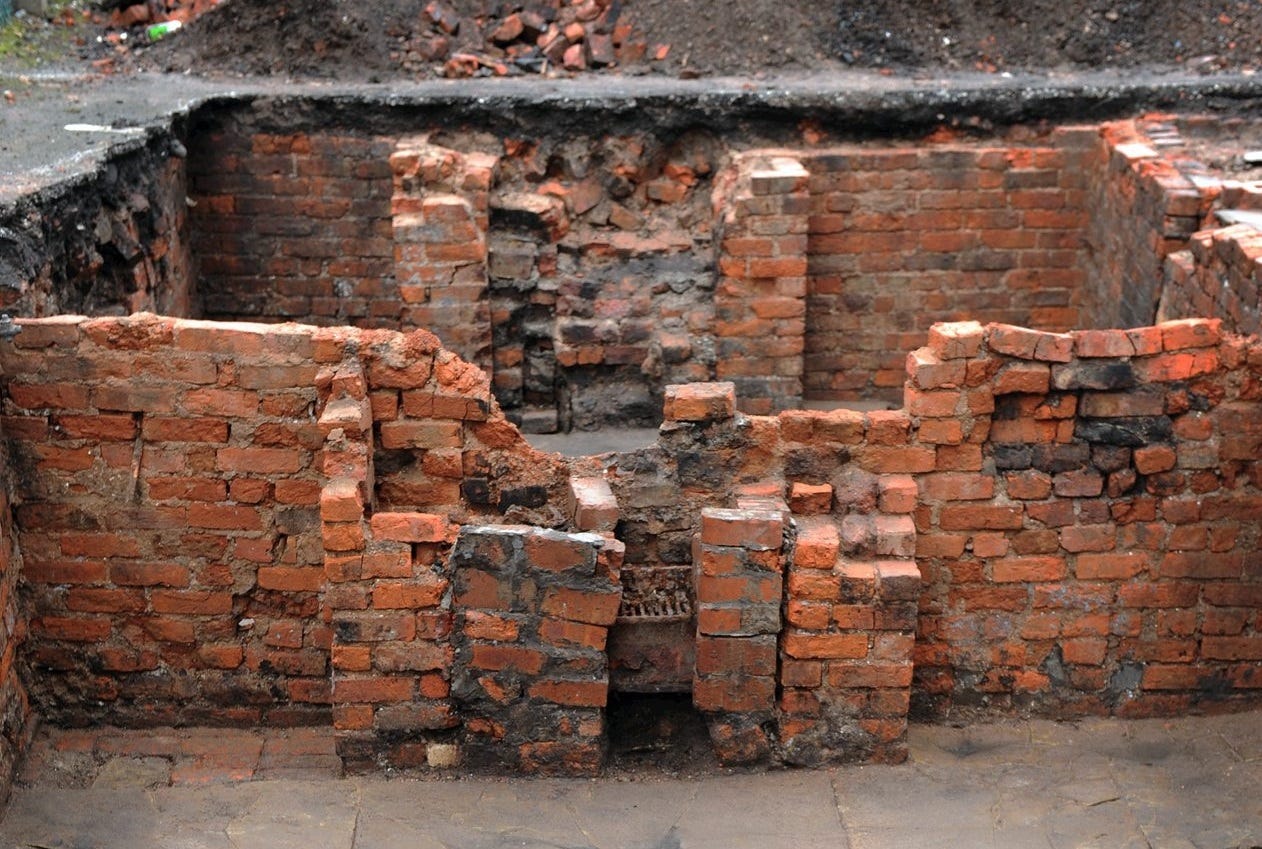How archaeologists unearthed my ancestor’s house
Tread carefully in Manchester’s streets. Only a thin crust of concrete separates you from a lost underworld
Whenever I would head into town before Angel Meadow was redeveloped, I’d park my car in the same spot.
It wasn’t that the car park was convenient for the Arndale Centre.
For me that anonymous piece of flat concrete surrounded by a green, chain-link fence was sacred ground.
It was where, 150 years earlier, my Irish forefather William Kirby had lived in a o…




